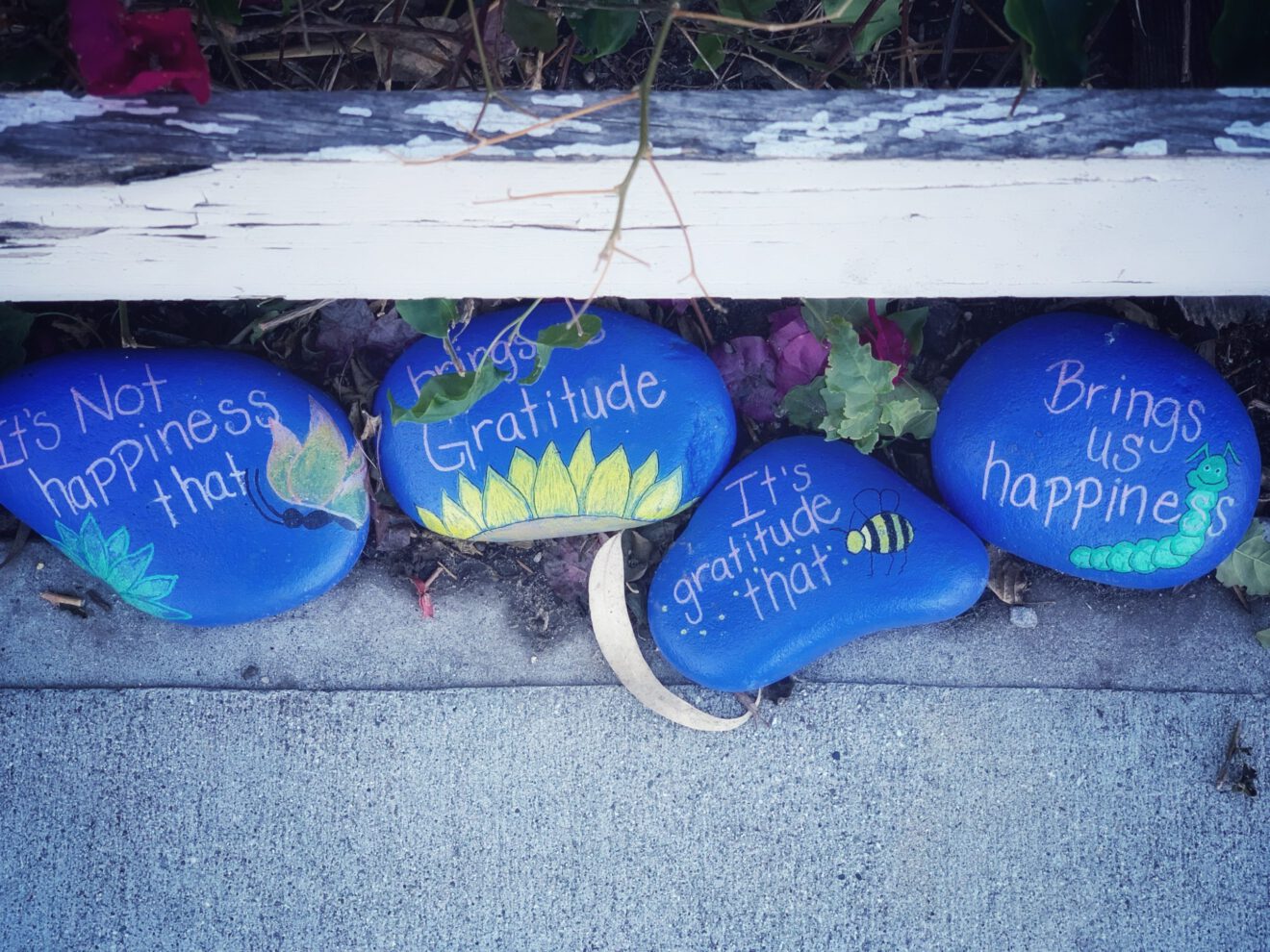The holiday of Thanksgiving, which those of us reading this piece in the US recently celebrated, is all about recognizing the value of gratitude and applying it heavily in the work we do. While the hard history of Thanksgiving can’t be ignored, we also can’t ignore the importance of leading and learning through a thankful lens and creating a culture of gratitude.

We can never be too grateful. These last few years have shown us just how much we need each other’s support. Gratitude can’t just be shown through words; it also has to be shown through action. Hollow gratitude is better than none, but not much. Inherent in the idea of being thankful is that we mean it at its core.
It might sound obvious, but building our gratitude-giving skills is one of the best ways to create strong cultures and communities. When people feel appreciated they tend to appreciate the work they do (and who they do it with) much more. With that as a foundation, here are four ways that each of us can further integrate a culture of gratitude into our daily lives.
Slowing down offers better realization
Life is incredibly fast-paced now, and it keeps getting faster. There are more distractors vying for our attention, and we often find ourselves less able to keep the obstacles fighting for our focus at bay. Phones, smartwatches and social media, for example, all provide greater access to information at the cost of true attention. Our school systems are affected by this as well. If we aren’t careful, every day that we are learning and leading can feel a little like being a kernel in a popcorn popper — just bouncing around until we pop.
We can battle this by forcing ourselves to slow down, by dedicating slow time on our schedules. When I build in a small segment of each day for reflection, I am much more effective at seeing the elements around me that I would have missed had I been operating at my normal speed. When I ask members of my team to monitor my time for me, I am much more likely to actually take advantage of this slow time. Having the opportunity to recognize the world around me has helped me become more grateful for who I am, what I have and where I’m going.
Gratitude can’t be built in a vacuum, and it also can’t be built at light speed. We first need the time to wonder. Only then can we be thankful.
Listening deeply is a form of gratitude
We could all stand to listen more. Listening is a vital skill and one that most of us do less well than we might think. True listening requires us to clear our mind from everything other than what the person speaking has to share. We have to focus on the words and actions, and not make it about us. When we lose focus, or put the emphasis on thinking about how we plan to respond to the messenger, then we aren’t really listening. How could we be if our full attention is no longer on the message itself?
When I am at my best as a listener, I am comfortable with my physical space and place, and I am locked in on the person with whom I am engaging. For me, locked in means tracking their eyes, mouth and movement and watching their body language so I can respond with my movement in the most supportive way. When I listen well, I ask for clarification during pauses in the sharing, and I add affirmations through nods, responses such as “I see” and other methods.
When I am at my best as a listener, I make sure to ask the person, “What role do you want me to play as you share?” That often helps me to listen better, and helps the other person get what they need. When we listen well, our conversation partners feel heard and appreciated, and that gratitude is shared by both parties.
Ceding control builds a culture of gratitude
A few years into the start of my career, I worked for a supervisor who was very uncomfortable ceding control. It was clear this person wanted to be involved in all the decision-making all the time, which is impossible for any leader to do well. It’s a challenge for the leader and a huge challenge for everyone else. How do we expect people to feel valued if their contributions are ignored and opportunities are not provided?
Leaders often find it difficult to cede enough control that people feel their skills are recognized and their needs are heard while still retaining enough control to ensure clarity and consistency in the overall operations of the organization (no matter how big or small). To cede control well, we first must know who people are. Spending time connecting with staff, students and community members is the key to making sure that we can cede control with comfort. After all, when we recognize people’s gifts, we become more capable of putting the tasks they will be skilled at in their hands. People appreciate that recognition of partnership and purpose.
Welcoming humor supports others
Sometimes it can be difficult to take advantage of humor. We don’t always feel much like laughing. But humor, when used supportively, is one of the best pathways to gratitude. Smiling and laughing with others helps us remember why we are social creatures, and when we laugh so hard we cry, we often feel great connection with those who made us laugh.
Leaders can use humor effectively in three ways: laughing at ourselves, laughing at an object and laughing at a shared experience. You’ll notice that “laughing at someone else” isn’t listed. That’s generally because the first three examples tend to strengthen good feelings and gratitude for one another. Laughing at someone else’s expense, on the other hand, creates a power differential (which almost always erodes feelings of gratitude). So, to use humor most effectively, it makes good sense to poke fun at ourselves or laugh about a shared experience that is funny.
I always enjoy making fun of myself and some of the lessons I’ve learned throughout my life so far. And I love building humor around group experiences, particularly when everyone has an opportunity to share their own humor-filled elements.
Being grateful shouldn’t be time-sensitive. We should feel gratitude for all that we have at all times. Creating a culture of gratitude doesn’t have to be difficult. But it does require time and energy. Slowing down, listening deeply, ceding control and welcoming humor can help us make giving gratitude a larger part of the leading and learning we do on a daily basis.
Fred Ende is the director of curriculum and instructional services for Putnam/Northern Westchester BOCES in Yorktown Heights, N.Y. Ende currently blogs for SmartBrief Education, and his two books, “Professional Development That Sticks” and “Forces of Influence,” are available from ASCD. Connect with Ende on his website or on Twitter.
Opinions expressed by SmartBrief contributors are their own.
________________________________
Subscribe to SmartBrief’s FREE email ASCD newsletter to see the latest hot topics in education. It’s among SmartBrief’s more than 250 industry-focused newsletters.
